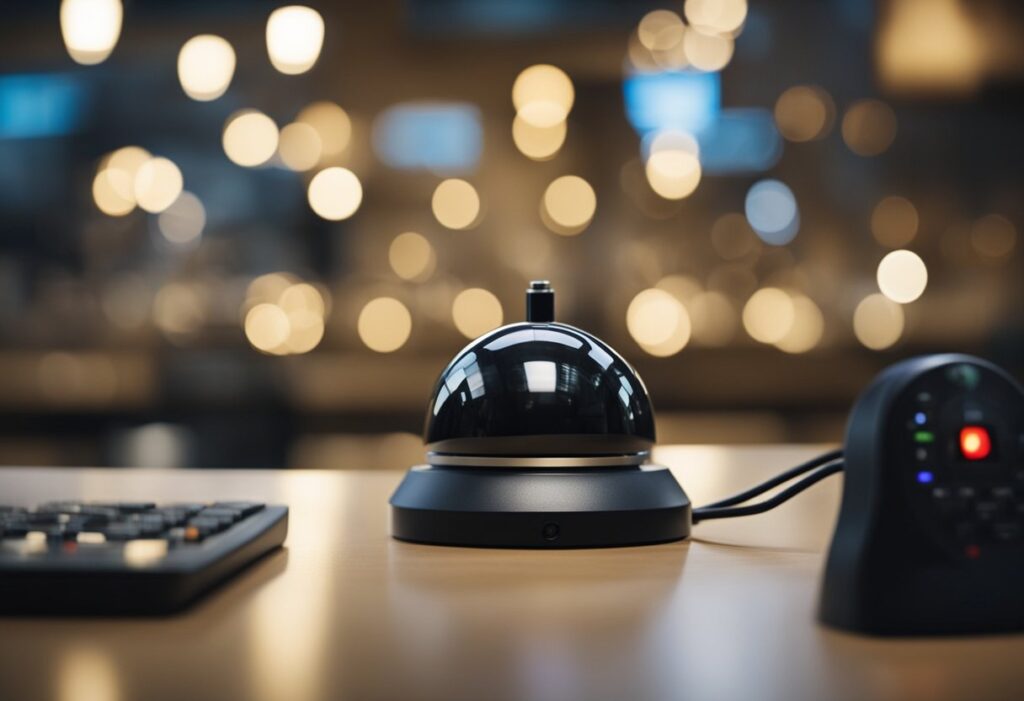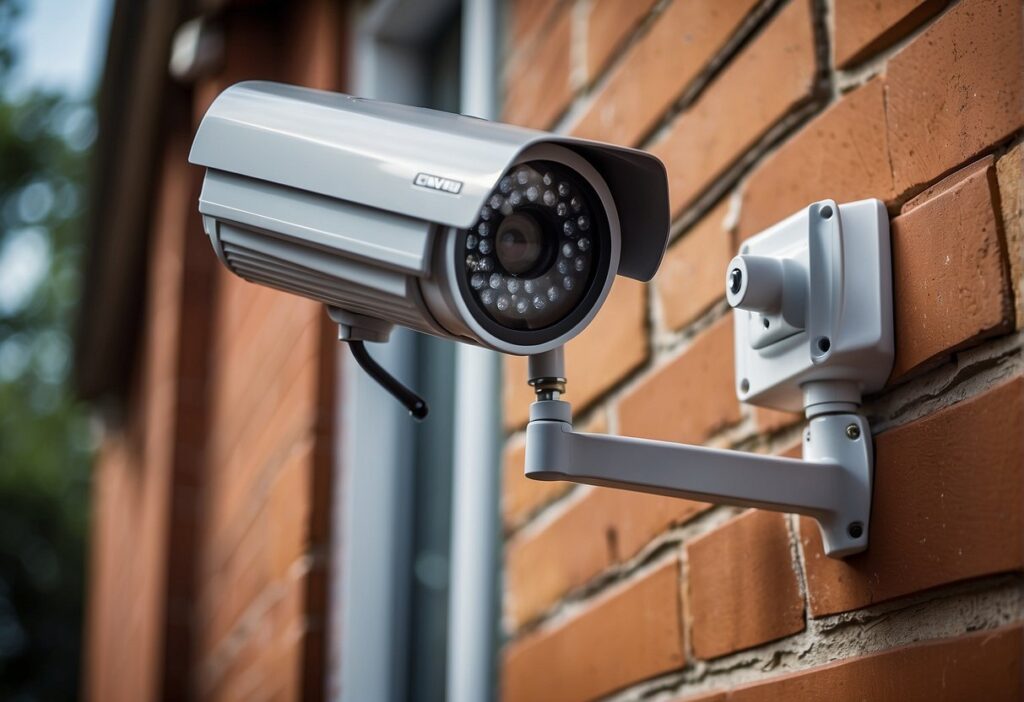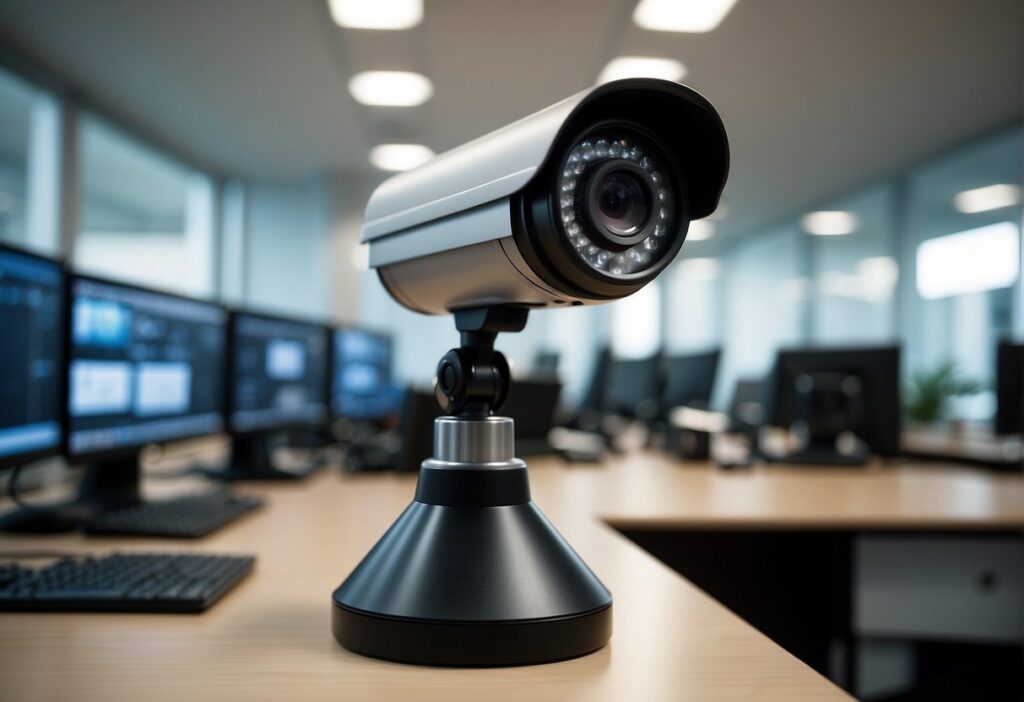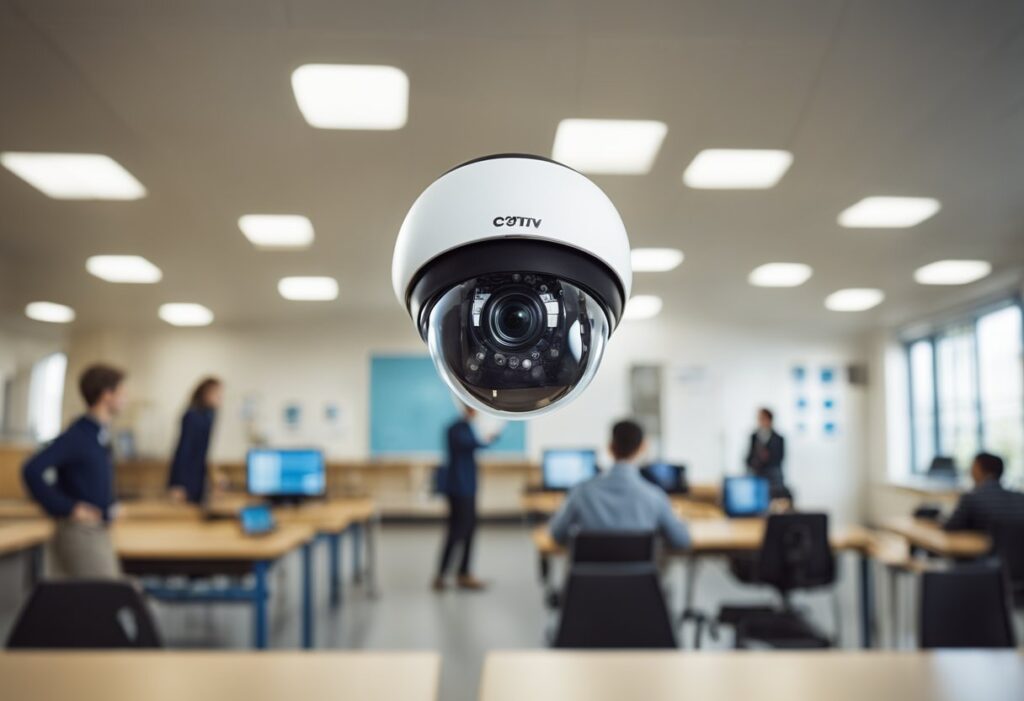Working of Burglar Alarm
The security of a home or business is of paramount importance, and the installation of a burglar alarm is a fundamental step in protecting these spaces from unauthorized entry. Burglar alarms serve as both a deterrent to potential intruders and a notification system that can alert property owners or law enforcement to a breach in real-time.
These alarms utilize a range of technologies to detect intrusions, such as motion sensors, door and window contacts, and surveillance cameras, which are integrated into a control unit. The proactive approach to security offered by burglar alarms can significantly reduce the likelihood of theft or property damage.
Key Takeaways
- Burglar alarms enhance home and business security by detecting and notifying of potential intrusions.
- The systems typically incorporate various detection components managed by a central control unit.
- Maintenance and regular updates are essential for ensuring the sustained effectiveness of security systems.
Working of Burglar Alarm: Types of Burglar Alarms
The variety of burglar alarms allows homeowners and businesses to select the security measures that best fit their needs. Each system has distinct features and operates using different technologies.
Wired Alarm Systems
Wired alarm systems connect sensors and the control panel through physical cables. This setup is often considered reliable, as it does not depend on batteries or wireless signals which can be subject to interference or failure.
For instance, the wired systems are perceived as a nightmare for burglars due to their stability and the difficulty in deactivating them without triggering an alarm.
Wireless Alarm Systems
These systems use radio frequencies to link sensors to the control panel, eliminating the need for physical wiring. Their ease of installation and flexibility in placement make wireless alarm systems popular among homeowners who prefer a less invasive security solution.
Unmonitored Alarm Systems
Unmonitored systems, also known as local alarms, trigger a siren or lights to alert in case of an intrusion, but do not send notifications to a monitoring center or the authorities. These systems rely on the presence of someone nearby to respond to the alarm, making them less costly but also less secure compared to monitored systems.
Monitored Alarm Systems
Monitored alarm systems are connected to a monitoring center, which takes action when the alarm is triggered. Professionals can notify the homeowner or call emergency services, providing a higher level of security.
The peace of mind that comes with monitored systems is often considered worth the additional cost for the ongoing monitoring service.
Alarm System Components
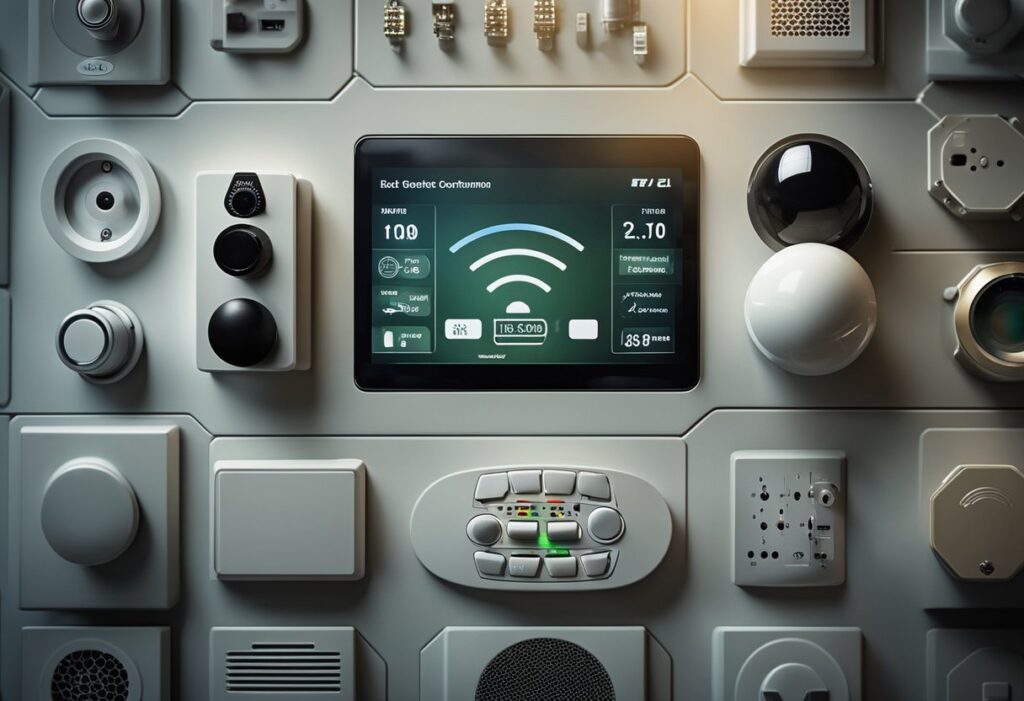
A burglar alarm system is designed to detect unauthorized entry into a building or area. It consists of several key components that work together to provide security.
Control Panel
The control panel is the brain of the alarm system, coordinating all the activities of the components. It processes the information from various sensors, determines whether there may be a security breach, and activates the alarm if necessary.
Moreover, it serves as a hub connecting to monitoring services for alerting authorities during an incident.
Sensors and Detectors
Sensors and detectors are critical in identifying intrusions. Motion sensors detect movement within a specified area, while window sensors alert when a window is opened or broken. These detectors trigger the alarm by sending a signal to the control panel when they sense unauthorized access.
Alarm and Sirens
When the system detects a breach, the alarm and sirens provide an audible warning. The sound level of a siren is usually measured in decibels (dB), and residential alarm sirens typically range between 85 and 120 dB to ensure they effectively alert occupants and potentially scare off intruders.
Keypad and Touchpad
The keypad and touchpad allow users to control the burglar alarm system. They are usually placed near entry points for easy access. The keypad is used to arm or disarm the system, while touchpads offer more advanced features such as touch-screen controls and integration with smart home devices.
Operational Mechanisms

The operational mechanisms of burglar alarms are designed to detect intrusion, trigger an alert, and notify the appropriate parties. Each mechanism functions cohesively to secure a property against unauthorized access.
Detection Technology
Burglar alarms utilize motion detection sensors to identify unauthorized movement within a protected zone. These sensors employ various mechanisms such as passive infrared, ultrasonic wave reflection, and photoelectric beams. For example, a photoelectric beam system projects an invisible line that, when broken by an intruder, triggers the alarm.
Alarm Triggers
Intrusion detection can activate alarms through open-circuit or closed-circuit systems. An open-circuit system completes the electrical circuit and sounds the alarm when a door or window is opened. Conversely, a closed-circuit system is designed to trigger the alarm when the circuit is broken, which usually indicates a breach, such as an intruder forcing entry.
Notification Processes
Upon activation by an alarm trigger, the system sends a signal via a relay to the control panel, which then instigates the notification process. This process might involve setting off a siren or strobe light on the premises and sending an alert to a monitoring center or the property owner’s mobile device, ensuring immediate awareness of the potential security breach.
Security System Integration
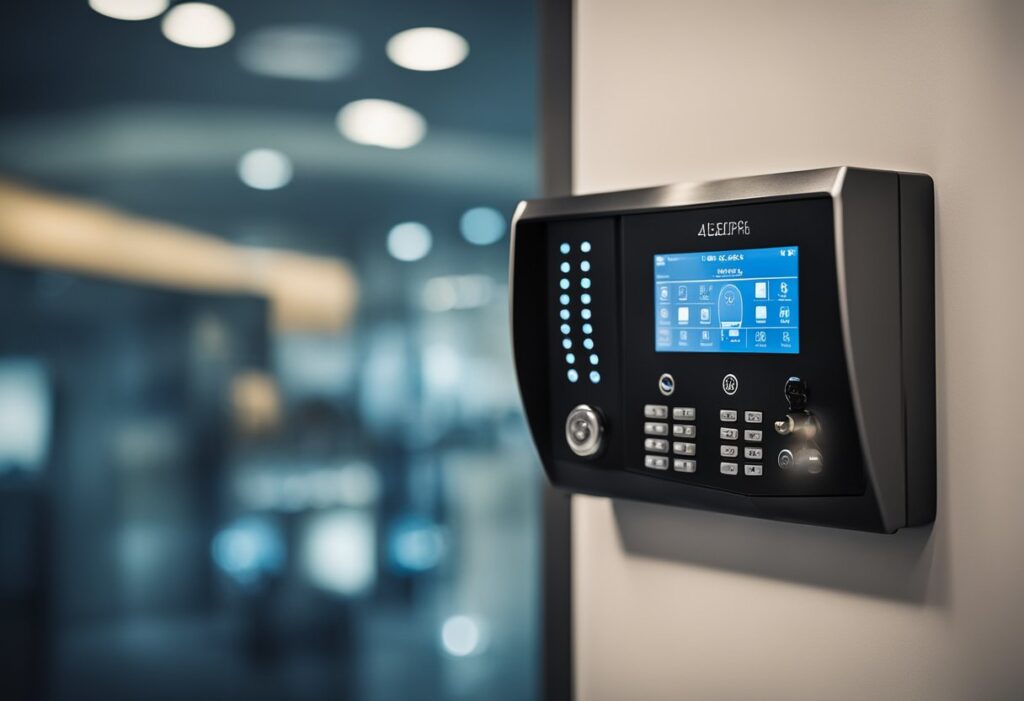
Integrating various components of a burglar alarm system enhances the overall efficacy and management of home security solutions.
Smart Home Compatibility
Recent advancements have enabled burglar alarms to seamlessly integrate with smart home technology. Systems can now communicate with devices like smart locks and lights, providing users with a more comprehensive and automated security experience.
Surveillance Synergy
By integrating surveillance cameras with burglar alarms, security companies are creating synergistic solutions. This integration allows for real-time visual verification during an alarm event, aiding in the accuracy and response times of the central monitoring station.
Central Monitoring
A core advantage of integrated security systems is the enhanced capability of central monitoring services. They offer continuous supervision of security alarms, potentially leading to quicker emergency responses, and often include remote system management for homeowners.
Installation and Maintenance
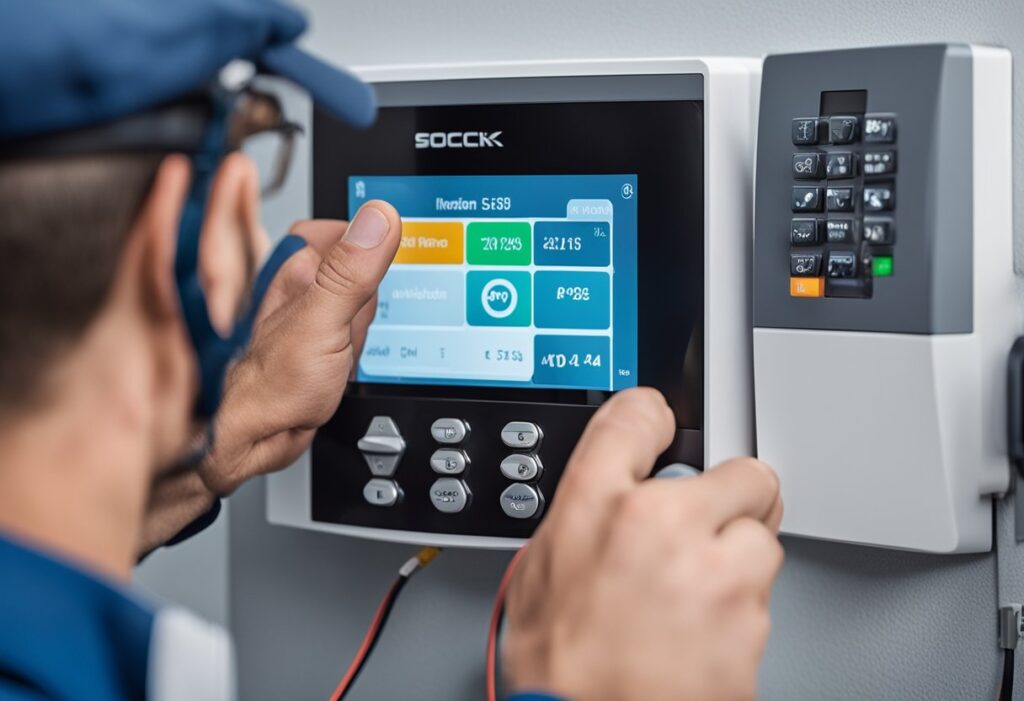
The correct installation and maintenance of a burglar alarm are crucial for ensuring its reliability and minimizing false alarms. Consistent performance over time depends on how the system is installed and regularly maintained, which includes checks on the power supply and sensor functionality.
Professional vs. DIY Installation
Professional installation by certified technicians ensures that all components of a burglar alarm system are properly set up and configured to the space they protect. They have the expertise to avoid common pitfalls that may lead to false alarms and security vulnerabilities.
On the other hand, DIY installation is an option for systems designed to be user-friendly. It can often be a cost-effective and satisfying project, but might not offer the comprehensive security a professional could guarantee.
Regular System Testing
Regular testing of a burglar alarm is essential for maintenance and can reveal if any part of the system needs attention. Tests should be carried out monthly to ensure that sensors are responsive and the alarm is able to communicate effectively with the monitoring service, if one is used.
This regular maintenance check can greatly reduce the chance of system failures when it is most needed.
Troubleshooting Common Issues
Common issues with burglar alarms range from dead batteries in wireless systems to misalignment of door and window sensors. Troubleshooting should begin with checking the power supply to ensure that all components are receiving power.
Conclusion
Working of Burglar Alarm
Burglar alarms serve as a critical component in home security, functioning to deter potential intruders and alert homeowners of unauthorized entry. These systems typically consist of a series of sensors that, when triggered, signal to a control panel to sound an alarm.
The effectiveness of burglar alarms is evident in their ability to reduce the likelihood of burglary. Studies have shown that homes without security systems are up to 300% more likely to be broken into.
This statistic underlines the alarm’s role in home protection strategies. Moreover, advancements in technology have enabled integration with remote monitoring and smart home systems, providing homeowners with real-time alerts and the ability to monitor their property remotely.
Professional installation and regular maintenance are recommended to ensure that all components of the burglar alarm work harmoniously. Homeowners must test their systems regularly, replacing batteries and updating contacts lists for monitoring services. By keeping the alarm system in prime condition, its reliability remains high, thus maintaining an effective line of defense against potential home invasions.
